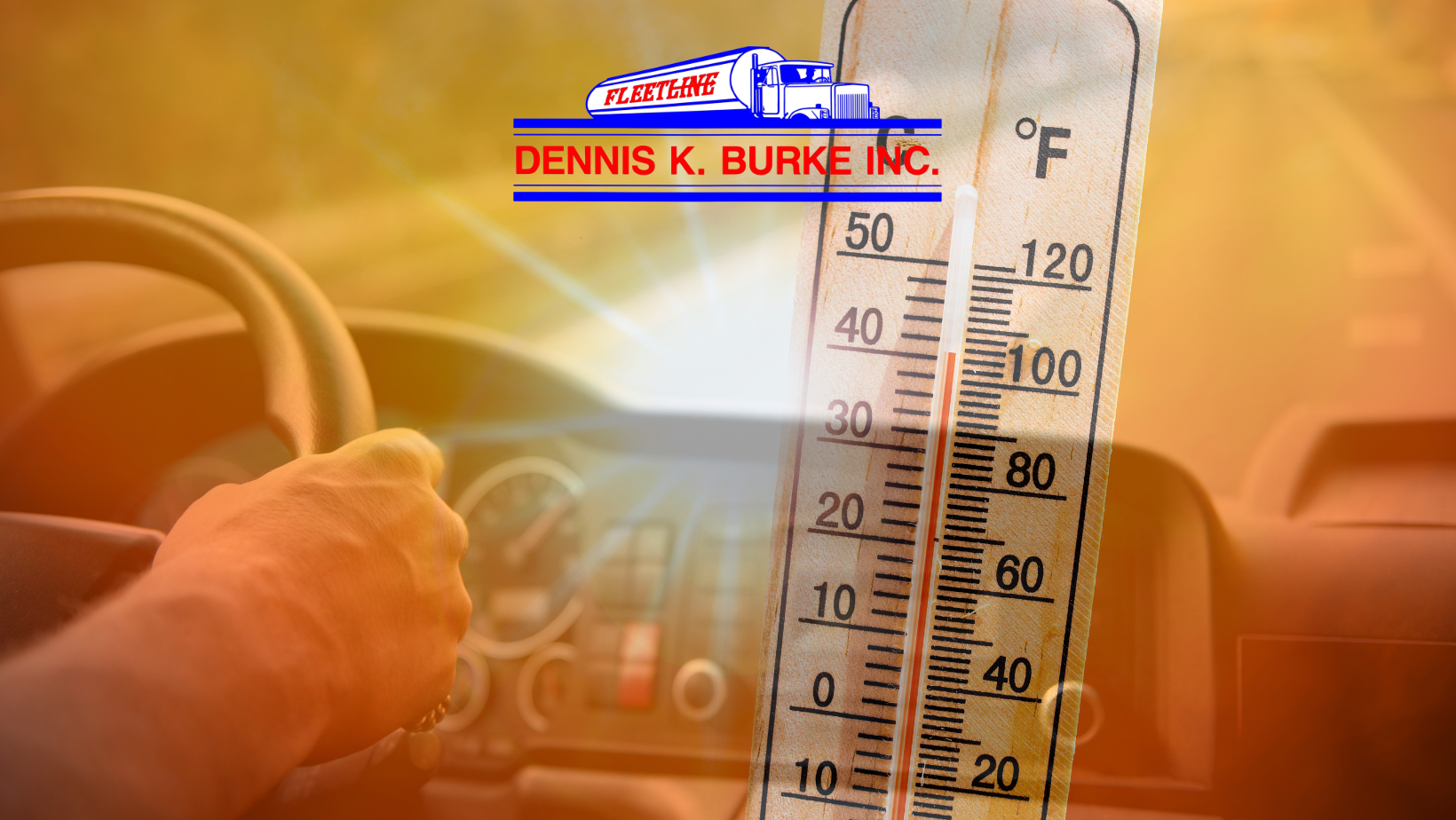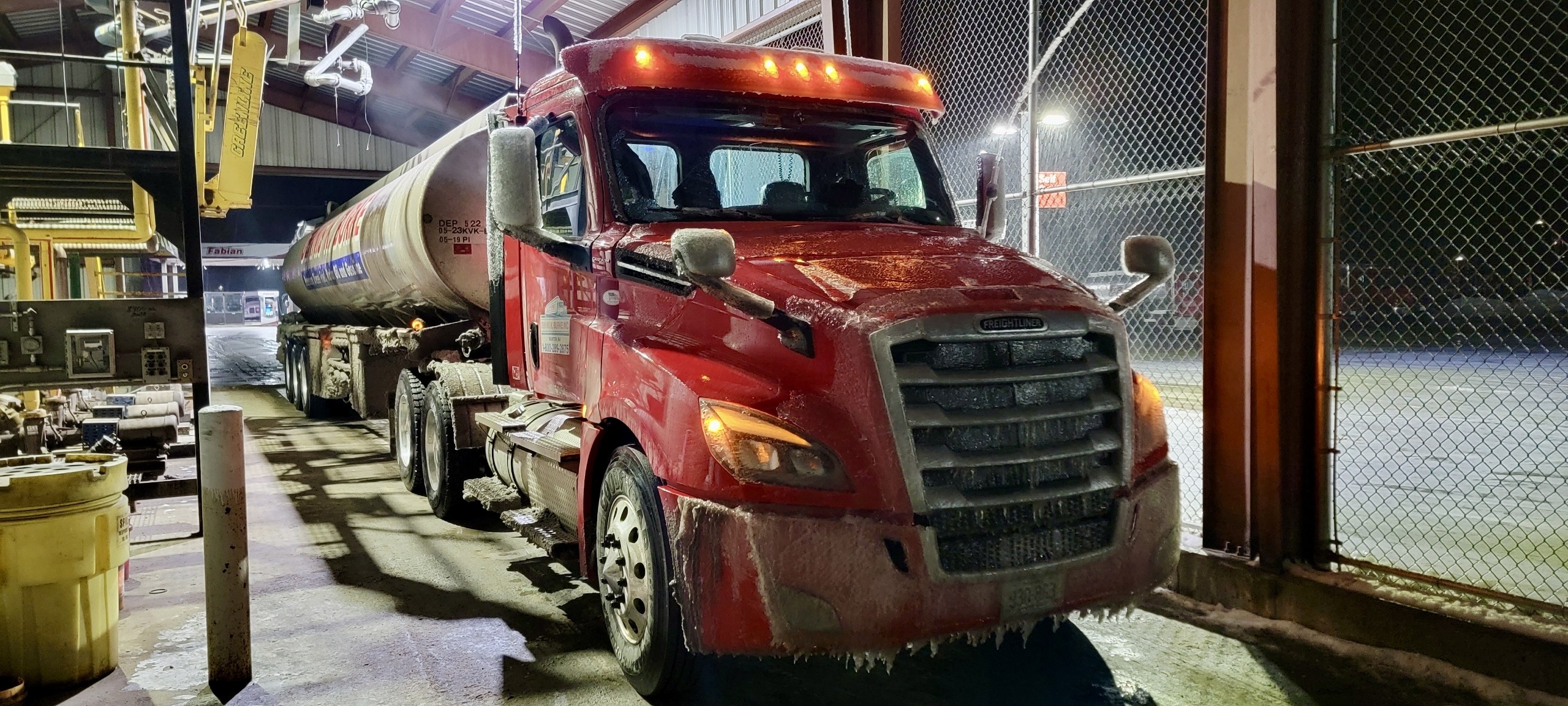Heat Stress: Preparing for Summer Driving

When summer temperatures rise, the risk of heat stress becomes a serious concern for fuel delivery drivers. Spending long hours in hot conditions, especially while loading and delivering fuel, can lead to dehydration, heat exhaustion, and even heatstroke if precautions aren’t taken.
Signs of Heat Stress:
It’s crucial to recognize the symptoms of heat-related illnesses early. Common signs include:
- Heavy sweating
- Fatigue and dizziness
- Nausea or vomiting
- Confusion, headache, or fainting
How to Prevent Heat Stress:
To stay safe during summer driving, fuel delivery drivers should follow these key tips:
- Stay Hydrated: Drink plenty of water throughout the day, even if you don’t feel thirsty. Avoid sugary or caffeinated drinks, which can contribute to dehydration.
- Dress for the Heat: Wear light-colored, loose-fitting clothing to help your body stay cool. When required, ensure your Personal Protective Equipment (PPE) is comfortable and breathable.
- Take Breaks: Schedule breaks in shaded or air-conditioned areas to cool down, especially during the hottest parts of the day.
- Use Vehicle Cooling Systems: Take advantage of your truck’s air conditioning and keep the cab ventilated.
- Carry Summer Supplies: Keep the following items in your truck to help combat the heat:
- Extra water bottles
- Electrolyte drinks (to replenish lost minerals)
- Cooling towels or ice packs
- A wide-brimmed hat and sunscreen (SPF 30 or higher)
By preparing for the heat and monitoring your body for early signs of heat stress, you can reduce the risk of heat-related illness and stay safe on the road.
Employer Responsibilities
Employers should provide heat safety training, access to water, and shaded or cooled rest areas. Regular wellness checks during heat waves and equipping trucks with working AC units can go a long way in protecting workers.
Heat stress is preventable, but only if drivers and employers work together to stay aware, prepared, and proactive. As the climate continues to warm, heat safety will become even more critical in ensuring the well-being of our essential fuel delivery workforce.

-1.png)
